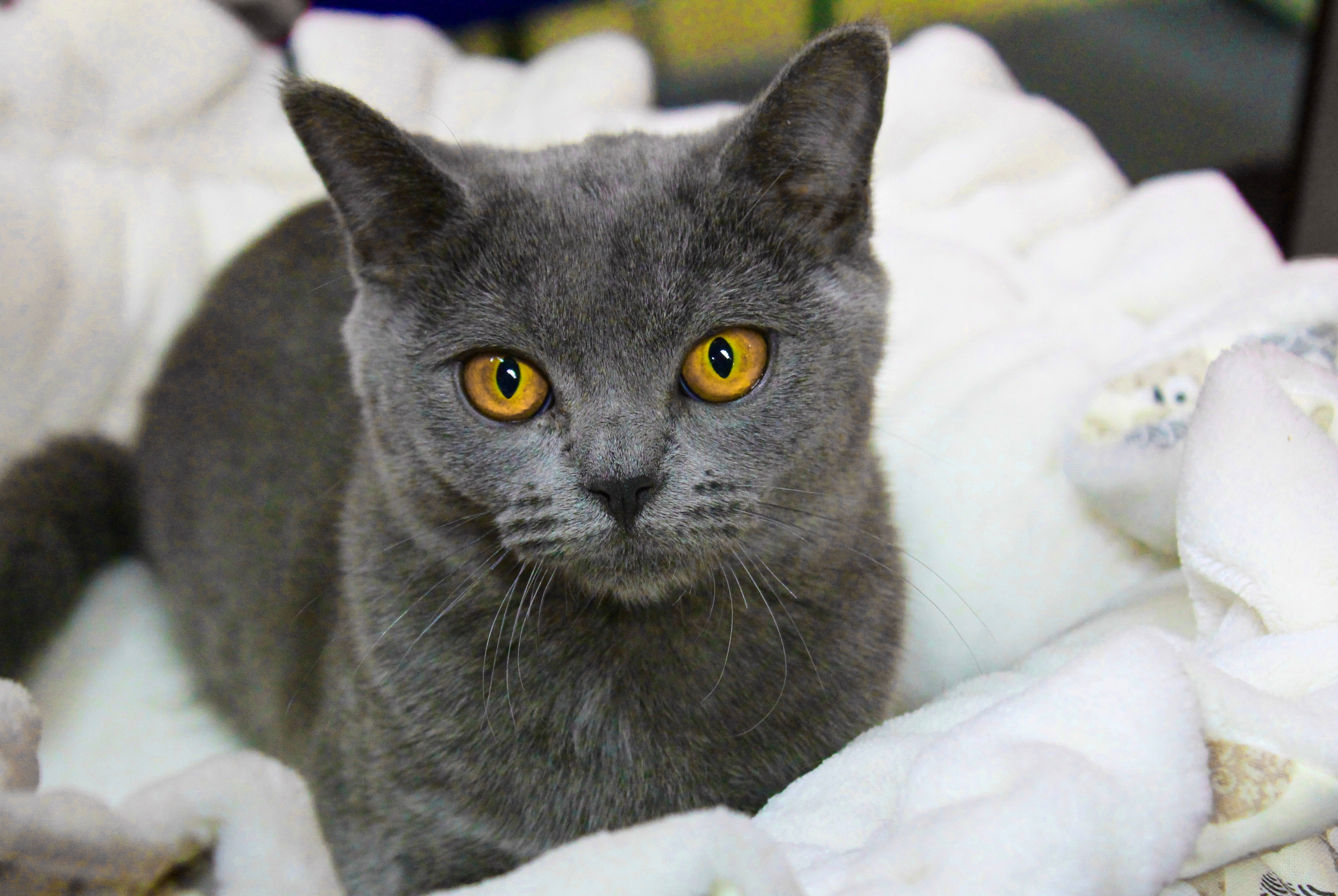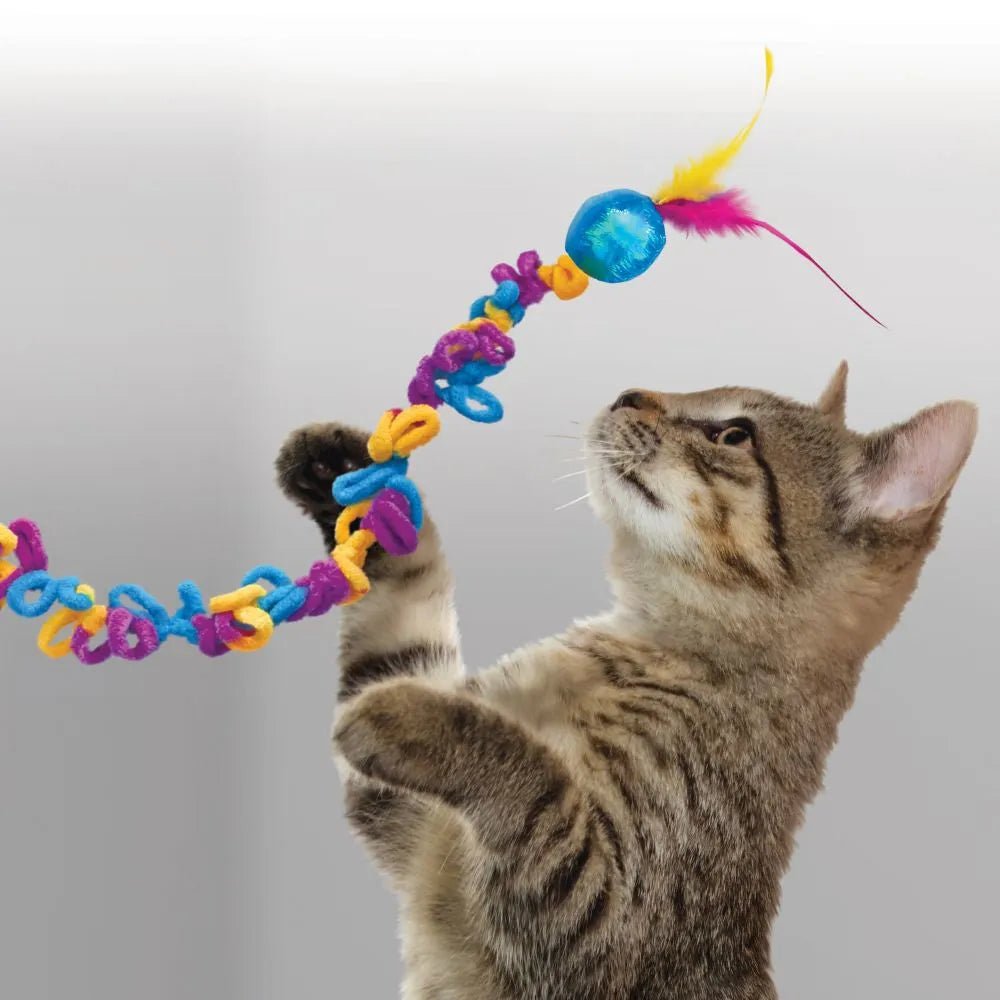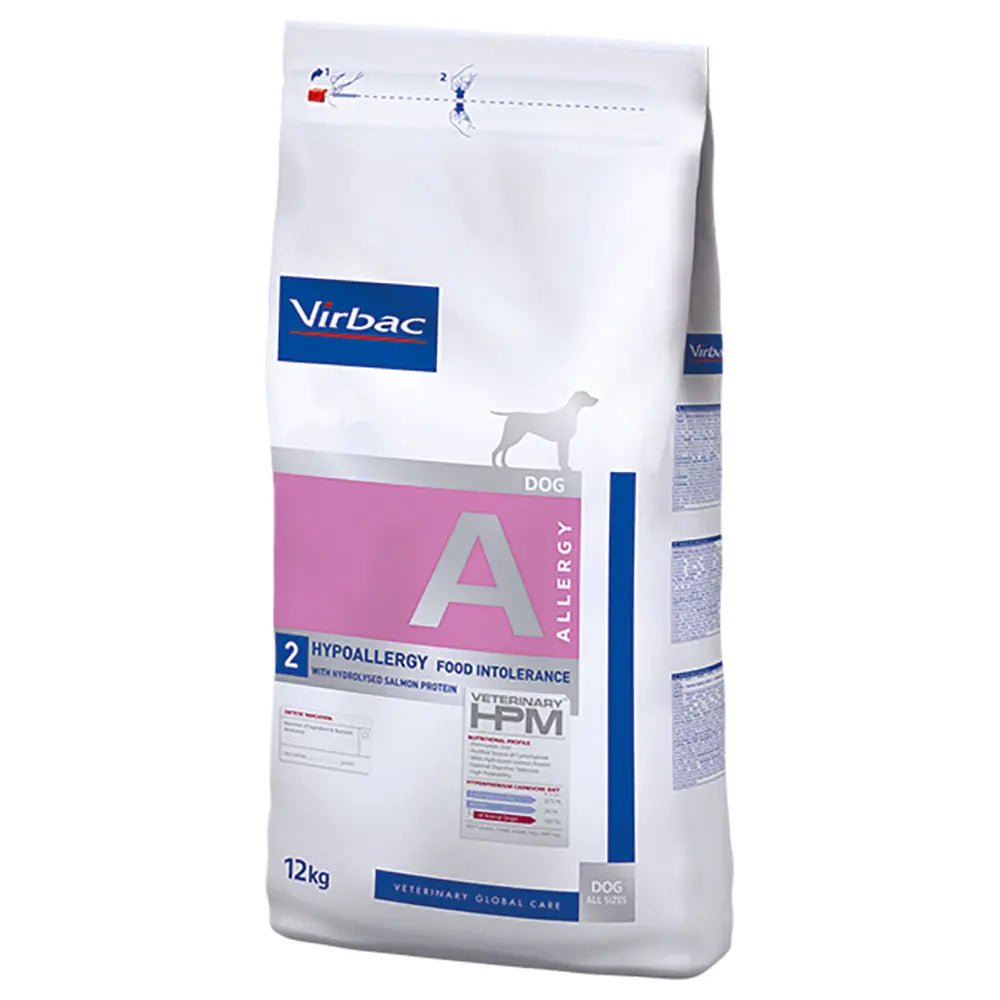The Chartreux is a friendly, sweet and polite cat breed originating in France. It is therefore not very common outside of Europe, but is nevertheless a much-loved and popular cat breed in its native country. Read about the Chartreux and find out if this furry friend is a match for you!
race facts

Child-friendly

Attention needs

Energy level

Talkativeness

Fur care

shedding
Facts about the breed
As mentioned, the Chartreux is of French origin, dating back to the 19th century. Some claim that Chartreux cats are descendants of cats brought to France by Carthusian monks to protect the monastery from rats and mice. However, other stories point to these blue-gray furballs coming from mountainous areas in the Middle East, and that the dense, woolly coat comes from having to adapt to the climate and protect against the cold.
Like many other breeds, the Chartreux was threatened with extinction during World War II. The breed barely survived, but flourished again thanks to dedicated breeders. This was done by crossbreeding other breeds such as the Russian Blue , British Shorthair , and Persian cats .
What can you expect as the owner of a Chartreux?
Personality
Personality
The Chartreux has a calm disposition. They are generally quiet, friendly, and cautious cats. The breed rarely meows, and when it does, the sound is often slightly different from the usual "meow."
These cats are also known for their unique and quiet way of communicating. They often express themselves through eye contact and gazes with their characteristic orange eyes, rather than making a sound. However, you can expect to hear a modest meow if it is really necessary. With these cats, it is therefore necessary to be observant to be able to detect if they are in pain anywhere, as they will likely “suffer in silence”.
Chartreux cats are attentive and intelligent, but also cuddly and affectionate. In the fashion of many other cat breeds, a Chartreux can happily lie on your lap. They usually form strong bonds with one family member and will often follow their favorite, but they are also happy with the rest of their family. The breed gets along well with children and other pets, and they are rarely aggressive. They are also easy to travel with and are generally healthy.
Energy and attention needs
Energy and attention needs
Although the Chartreux can be a good hunter and loves to be active, it does not require constant attention. If the cat is in a playful mood, it will often take the initiative to fetch a toy. However, sufficient activity and mental stimulation are always important, so activity toys are a great option.
Health
Health
Size and appearance
The Chartreux is a medium-sized cat with a broad chest, muscular neck, powerful jaws and a well-developed muzzle. The head is wider at the base and narrower at the top, with broadly rounded contours. The breed also has characteristic large and expressive eyes, with colors ranging from amber to copper. The coat color is gray-blue.
Weight
Male cats usually weigh between 5 and 8 kg, while female cats weigh from 3 to 5 kg.
Lifespan
12 - 15 years
Hereditary diseases
The Chartreux breed is generally healthy, but like many other cat breeds, it is genetically predisposed to certain hereditary diseases. These include polycystic kidney disease , a condition in which fluid-filled cysts in one or both kidneys prevent normal kidney function. They are also prone to struvite crystals in the urinary bladder and patellar luxation .
Fur care
Fur care
When it comes to grooming the Chartreux, regular brushing is enough to keep the coat looking good. The undercoat sheds a couple of times a year, and during these periods it is a good idea to brush daily. Bathing can be challenging due to the thickness and texture of the coat.
Food and nutrition
Food and nutrition
When choosing cat food for a Chartreux, you need to consider the type of nutrition it needs based on its health and individual lifestyle. For example, if you have a Chartreux kitten, it will need a different type of food than an older cat.
As mentioned, Chartreux cats are prone to developing struvite crystals in the urinary bladder, which can occur due to lack of fluid intake or too alkaline urine. Therefore, proper nutrition and access to fresh water are essential as a preventive measure. Including wet food in your cat's diet can also be an effective way to increase fluid intake, especially for cats that do not drink enough water.
If you want to own a Chartreux, you should make sure to find a reputable breeder. How much a kitten costs will vary, but you can expect a price of between 12,000 - 16,000 kr for a Chartreux kitten.
Having purebred cats as pets has become very popular, but unfortunately this has resulted in many unscrupulous breeders who engage in unethical breeding for profit. Therefore, it is important for you as a buyer to get information about how the cat was bred so that you do not contribute to cats with hereditary and serious diseases being born. If a purebred cat is sold without a pedigree, you will never know whether the kitten has been stolen, or whether illegal trade has taken place.
A serious breeder in a federation must follow strict requirements for animal welfare and health. Good breeders will also demand something from you to ensure that the cat has a good life. Remember to check if the breeder is registered through the Norwegian Cat Breeders' Association (NRR) / FIFe / TICA and that the pedigree, health certificate (and possibly the purchase contract and vaccination card/veterinary passport) are included.








